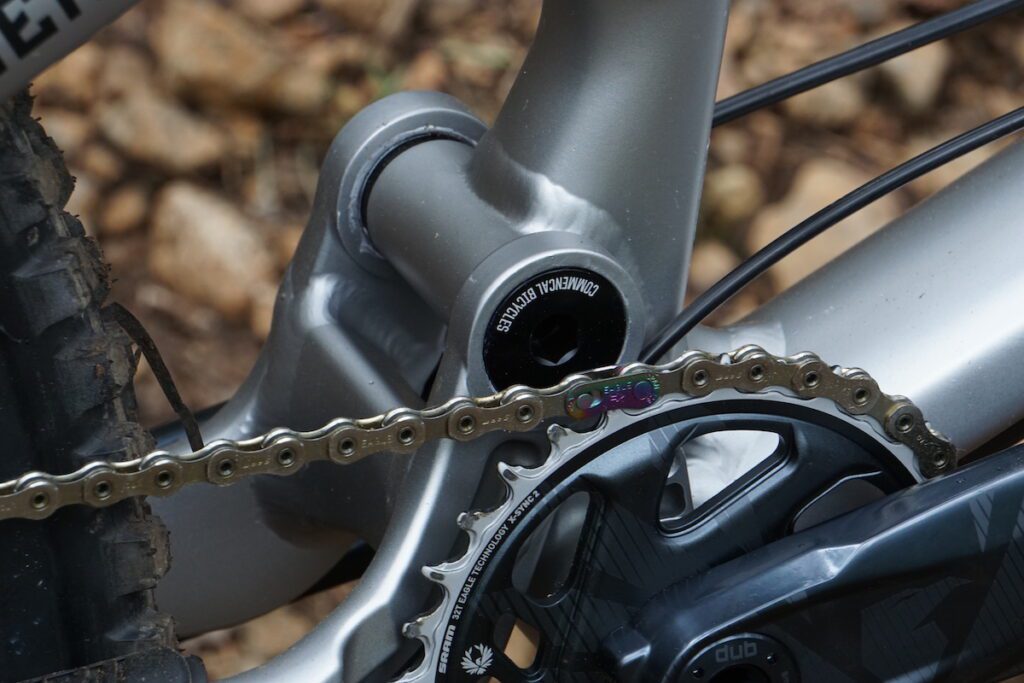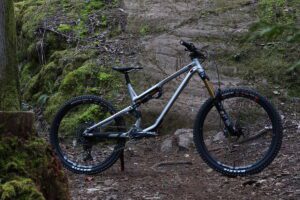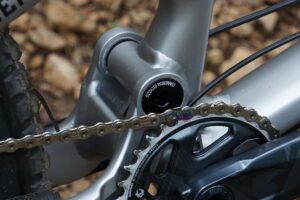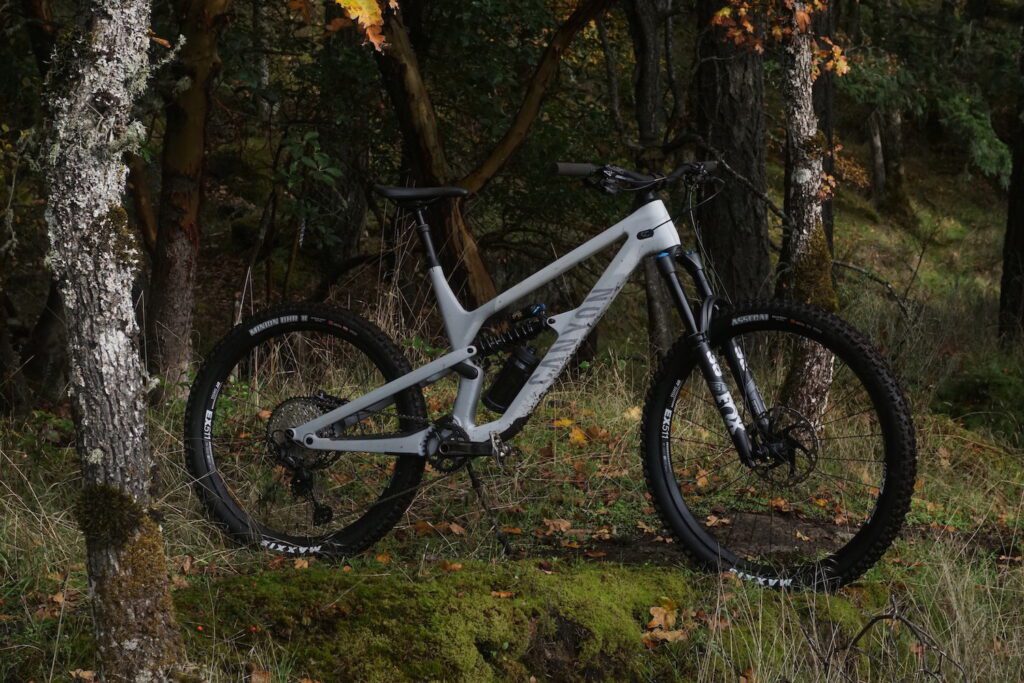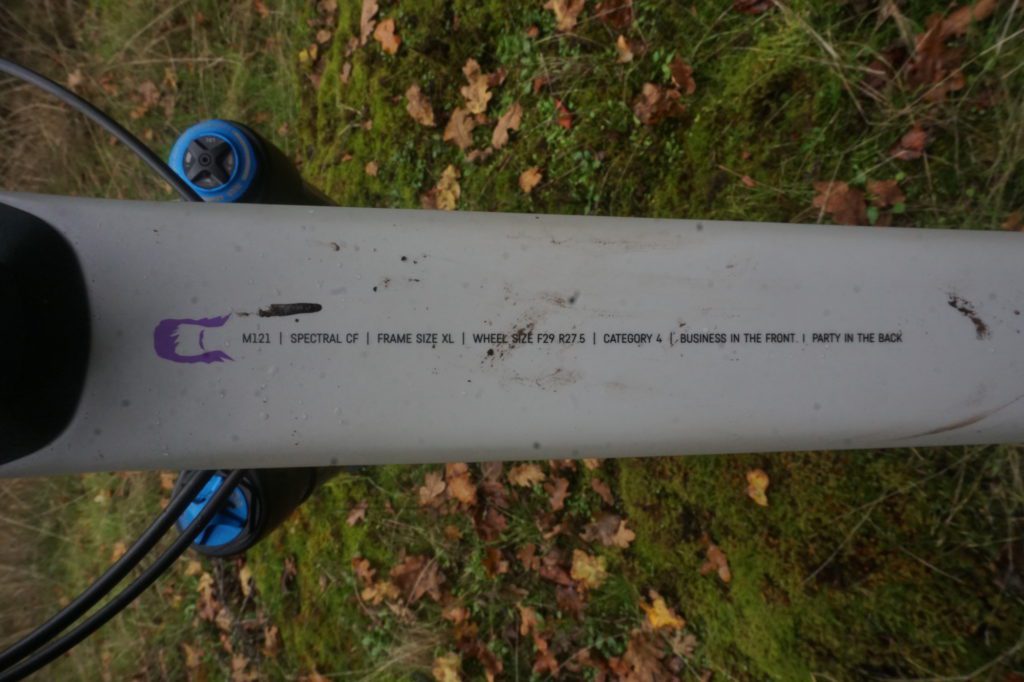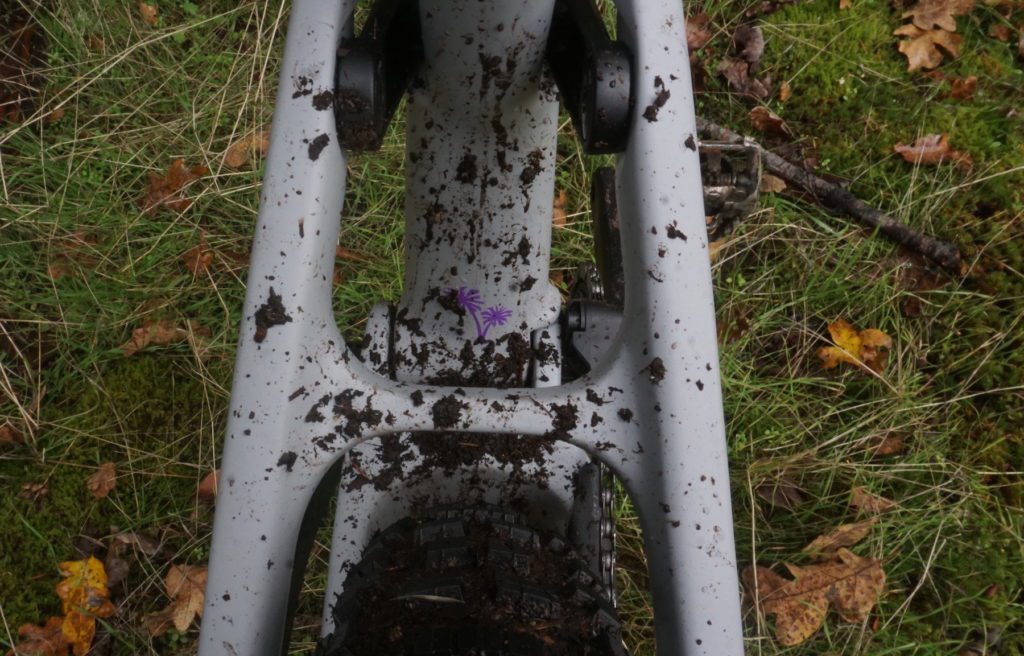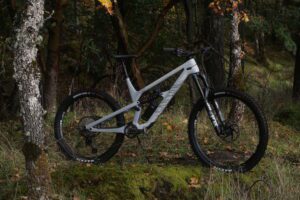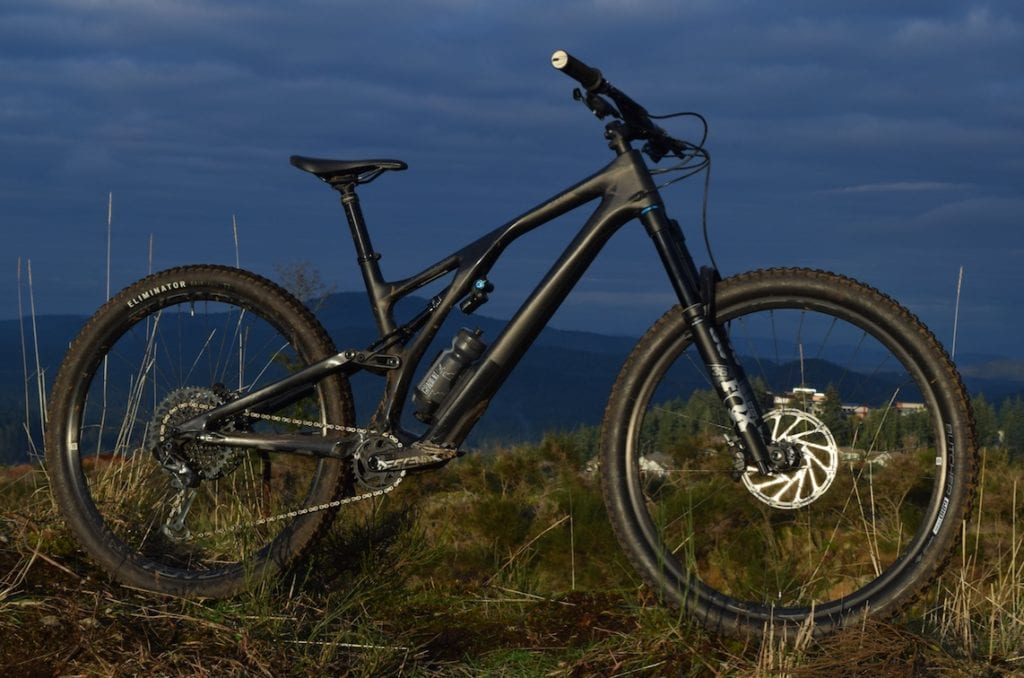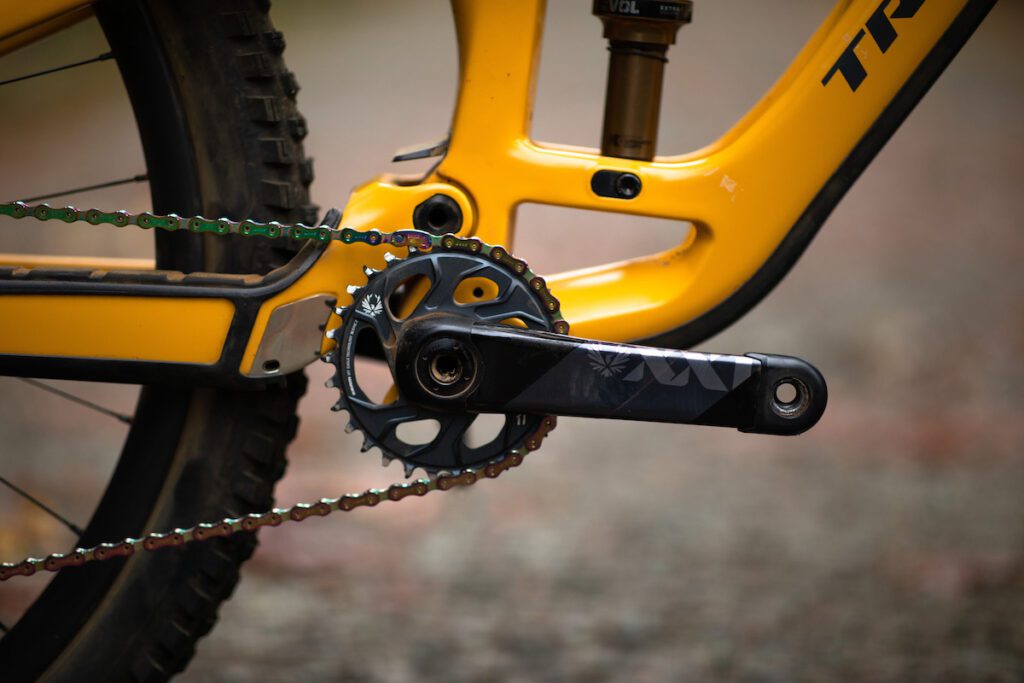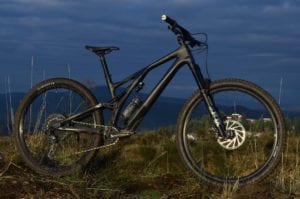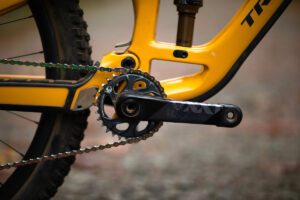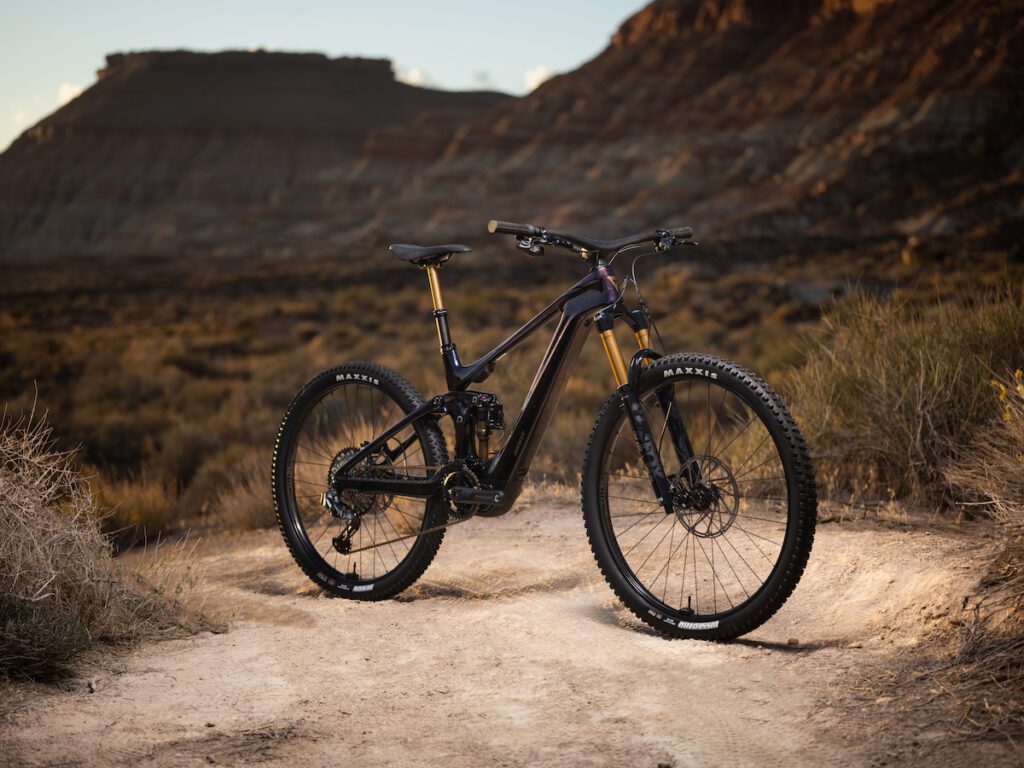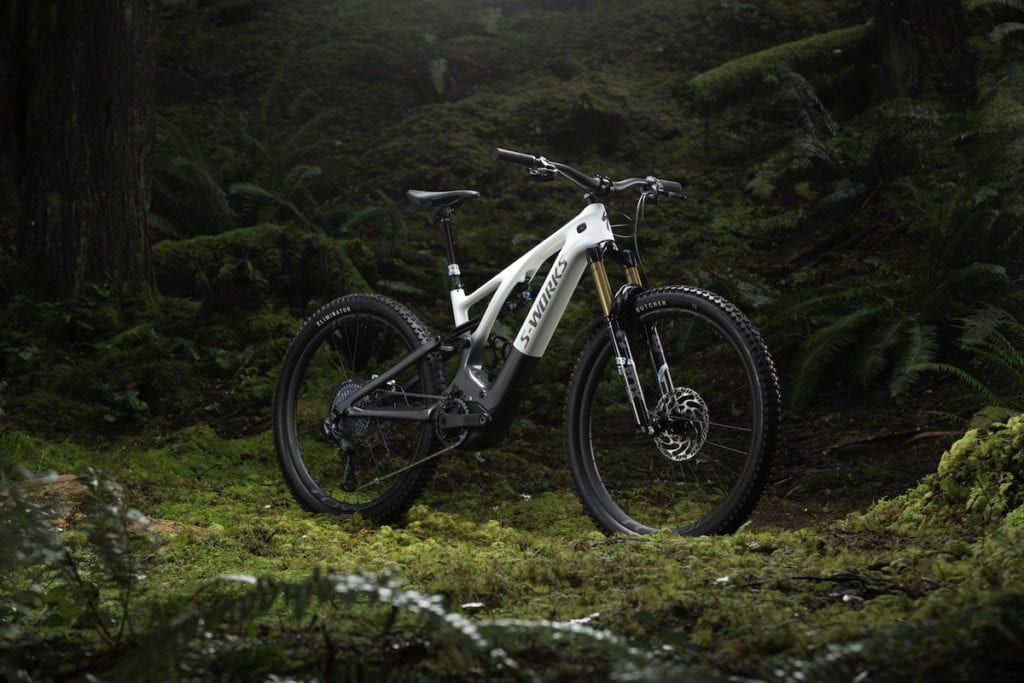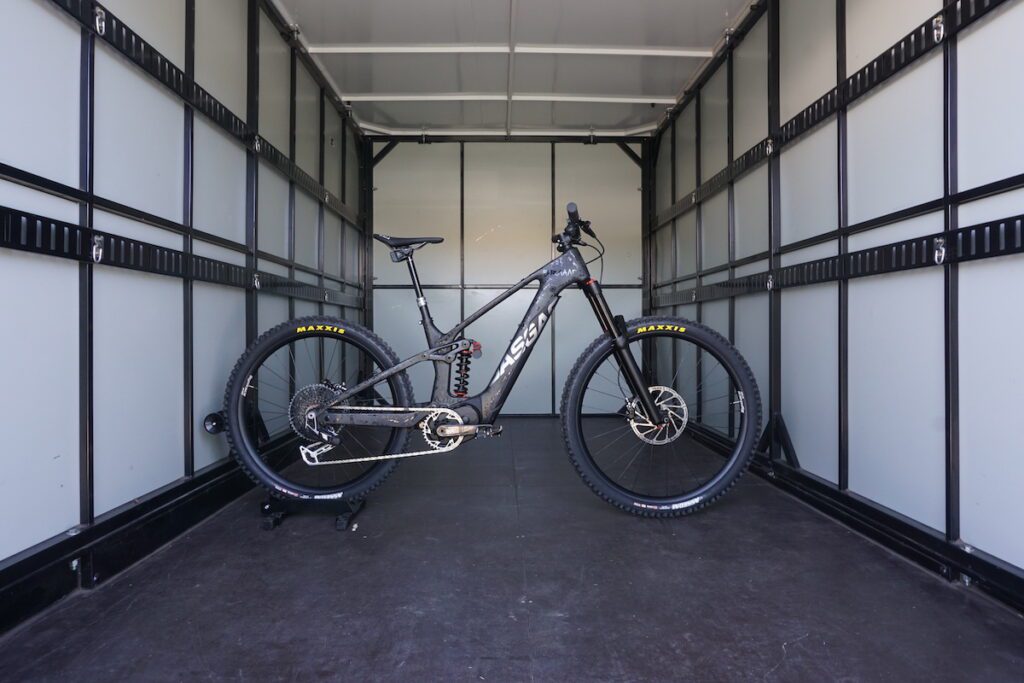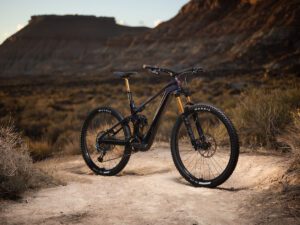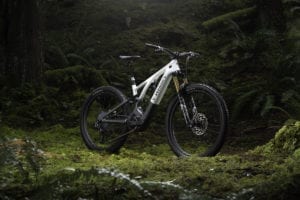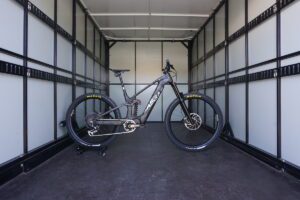Fast fashion: three (and a half) different takes on mullet bikes
There are very different reasons to mix wheel sizes on your mountain bike
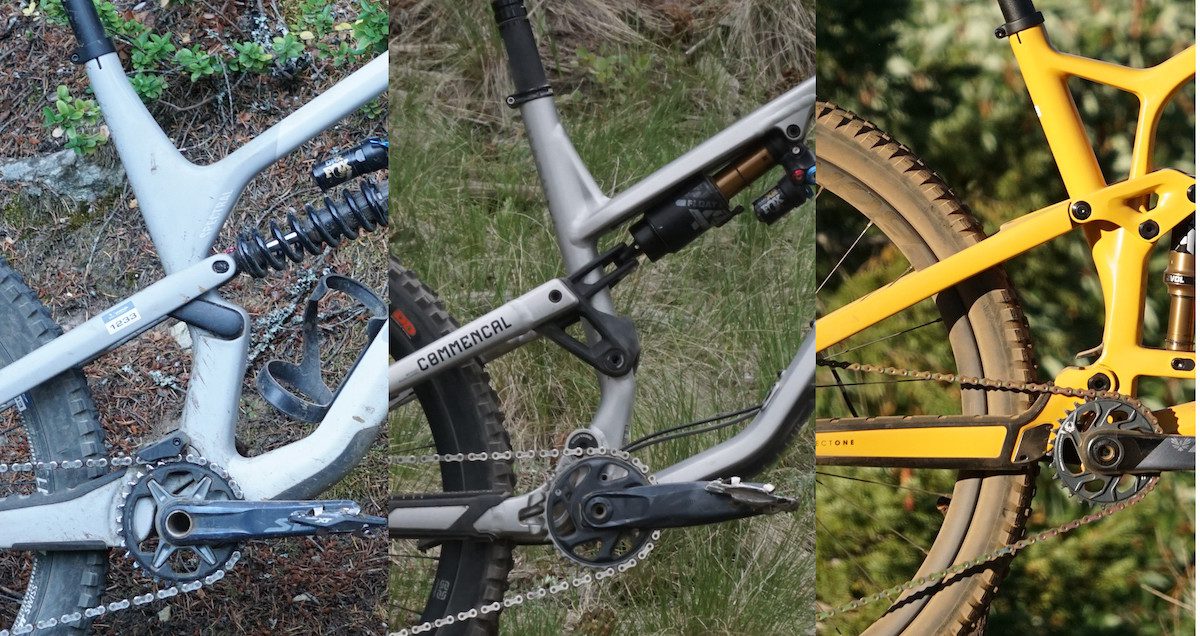
For a while, mullet bikes – frames using a 29″ front wheel and 27.5″ back wheel – were all the rage. Brands promised that mixing wheel sizes would do everything from making trail bikes more fun to making race bikes faster. “All the speed of 29″ wheels with all the fun of 27.5″ wheels” sounded like an old-timey snake oil salesman or at least some very slick marketing.
But mixed wheels are proving to be more than the latest trend. They’ve stuck around, and snagged podiums, with impressive tenacity. But not all mullets are created for the same reasons. How the frame is designed to adapt to use a smaller back wheel can have a big impact on how it feels and performs on the trail.
Here are three different approaches to mixed wheels. Their strengths, advantages and how they compare to each other.
The Racers
Mullet bikes owe their modern resurgence to downhill racing (the original 24″/26″ were more a product of early 2000s freeride). As DH design moved towards larger and larger wheels, chasing the benefits of 29 hoops, ultra-steep World Cup tracks started to cause problems for some racers. Tire buzz for shorter riders and an unwieldy large bike rolled fast in a straight line, but weren’t as quick to change directions. This quickly led to some prototype 27.5″/29″ builds. The trend quickly picked up speed and, while it hasn’t been universally adopted, is still going strong years later.
Different brands have different approaches to mixed-wheel design, though. Commencal turns mullet design on its head with the enduro racer Meta SX. When redesigning its 29″ Meta platform for a 27.5″ rear wheel, Commencal actually extended the chainstay length compared to the 29″ design. Why? For a race bike, it keeps the rider balanced between the wheel’s axles, adds stability at high speeds and still keeps much of the quicker cornering characteristics of a smaller wheel. It’s not as playful as some trail bike mullet designs, but it sure is fast.
The Party bikes
Mulletts may have started in racing, but riders quickly realized the mixed wheel approach could also be more fun than balanced 29″ wheels. With many brands reducing or completely eliminating their twin 27.5″ wheel models, this category sort of started as a “next best thing,” including some DIY projects, before developing its own following. Now brands are releasing dedicated mixed-wheel bikes, like Canyon’s Spectral CF8 CLLCTV, designed in the spirit of those DIY projects but with correct geometry.
Designing around mixed wheels means brands can squeeze ultra-short chainstays on the back end for super-quick cornering without losing the added speed of a 29″ out front. Instead of following a consistent arc around a corner, it gives the exciting feeling of the back wheel chasing or pushing you through the turn. It also changes the balance of the bike, making it easier to get the front wheel up off the ground for wheelies and manuals. It’s not all roses, of course. The shorter stays can feel a little more jittery at high speeds.
The middle ground/optional approach
OK, “middle ground” may not sound like the most thrilling sales pitch, but there are advantages to the best-of-both-worlds approach. Some of the bikes in this group are either dedicated MX bikes but most are frames that can run 27.5″ or 29″ rear wheels. Others, like Specialized Stumpjumper EVO, Forbidden’s Druid, or the Rocky Mountain MX link require a different link to convert to mullets. The ability to run wagon wheels means the frame has to have a bit more room out back, but switching to a 27.5″ rear wheel still livens the ride up.
Since most of these frames do not have a way to change chainstay length for a 27.5″ wheel, you get a chainstay length that is designed for 29″ wheels. I.e. it is slightly longer than a dedicated 27.5″ chainstay could be. This gives a bit more stability at speed. But it also lets you feel the difference that just switching wheel sizes makes in cornering characteristics and the bike’s balance.
For a bike like Trek’s Gen. 6 Fuel EX, it opens up another side of the trail bike’s personality. While in dual 29″ mode, the EX is smooth and stable. Switch to mixed wheels and that stability turns into playfulness. It doesn’t totally change how the EX rides, but it does corner tighter and makes it easier to move around in the air.
Bonus: The Electric Ones
The benefits of mixed-wheel design are perhaps most pronounced when you dive into the world of electric mountain bikes. Since these bikes have to squeeze a motor into the bottom bracket area, they often have longer chainstays. They’re also heavier than their analog counterparts. This makes most eMTB very planted and very stable but less maneuverable and, in some senses, less fun.
Using a 27.5″ wheel helps make eMTB feel more dynamic on the trail, keeps the wheelbase in check so the heavier bikes aren’t too cumbersome at slower speeds and, since the bikes are very planted, lets you really push the limits of your cornering traction.
Unlike analog bikes, the motor also helps overcome most of the downsides of a smaller wheel. You’re less worried about roll-over speed when most of your momentum comes from the motor and the added power makes punching up technical trails, where a little wheel can sometimes get hung up, a breeze.

